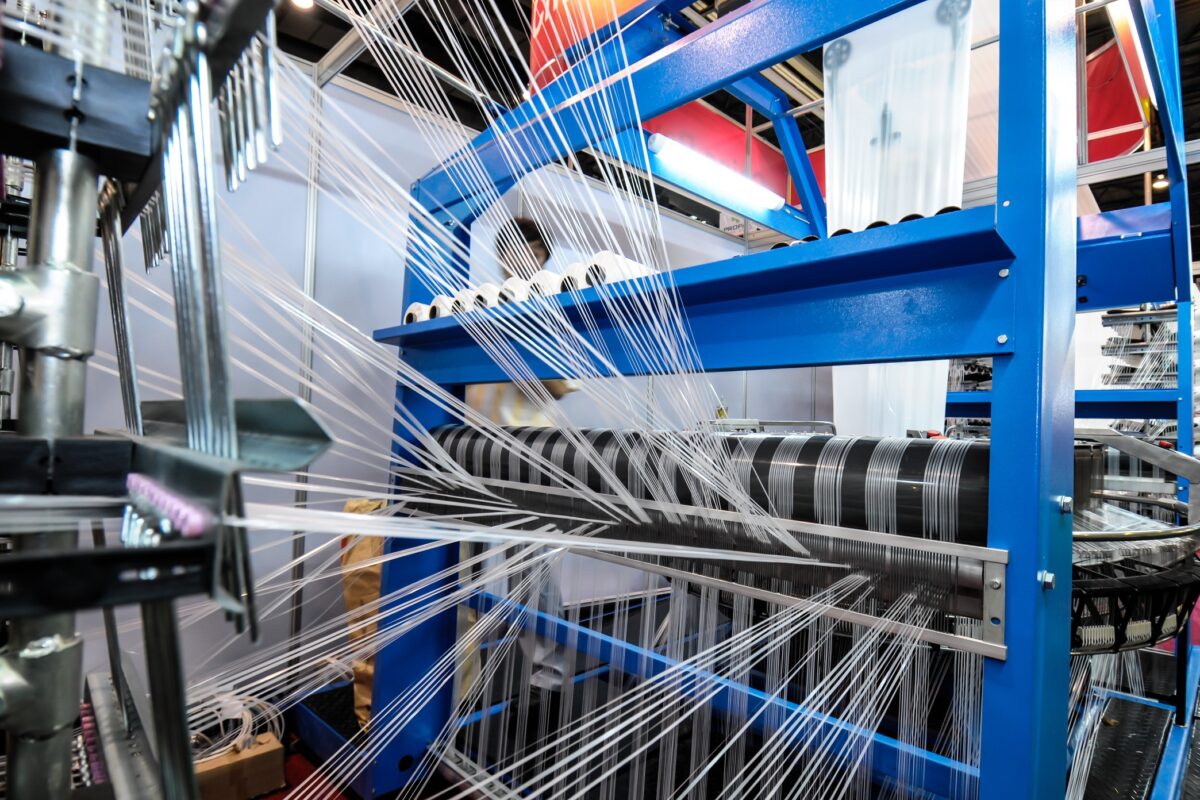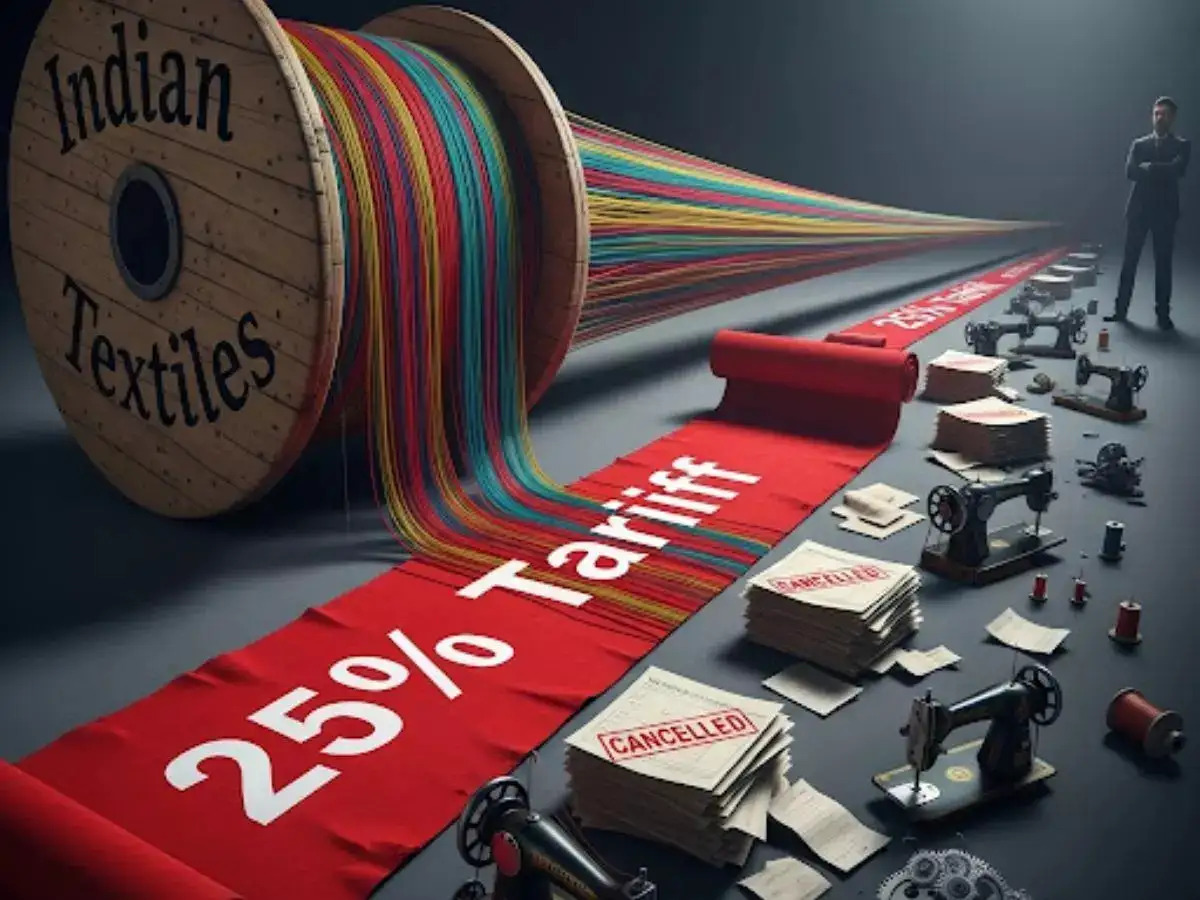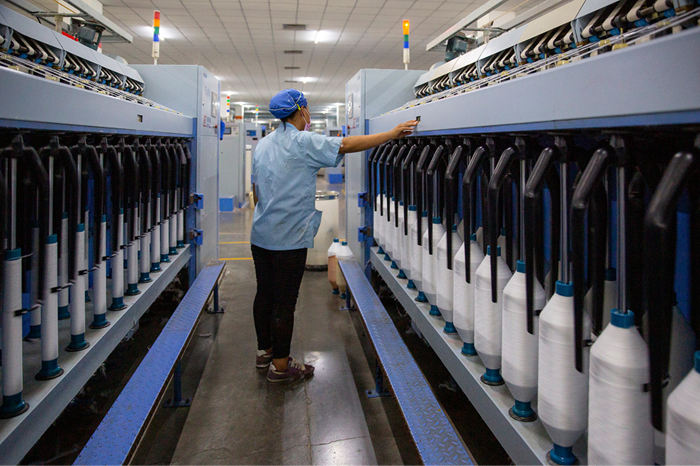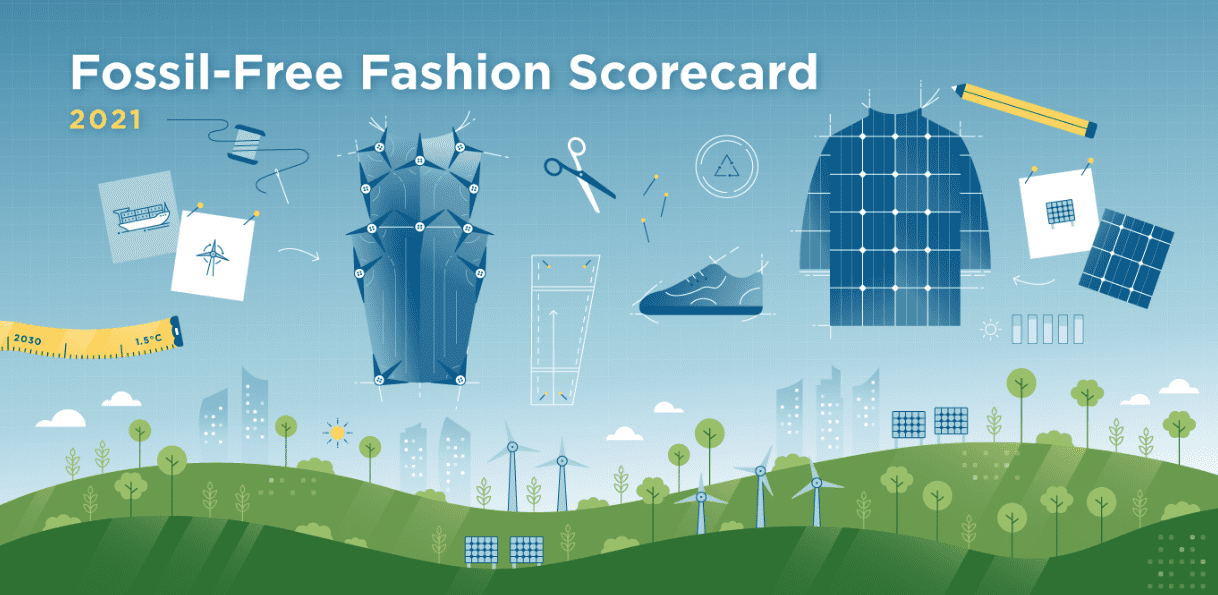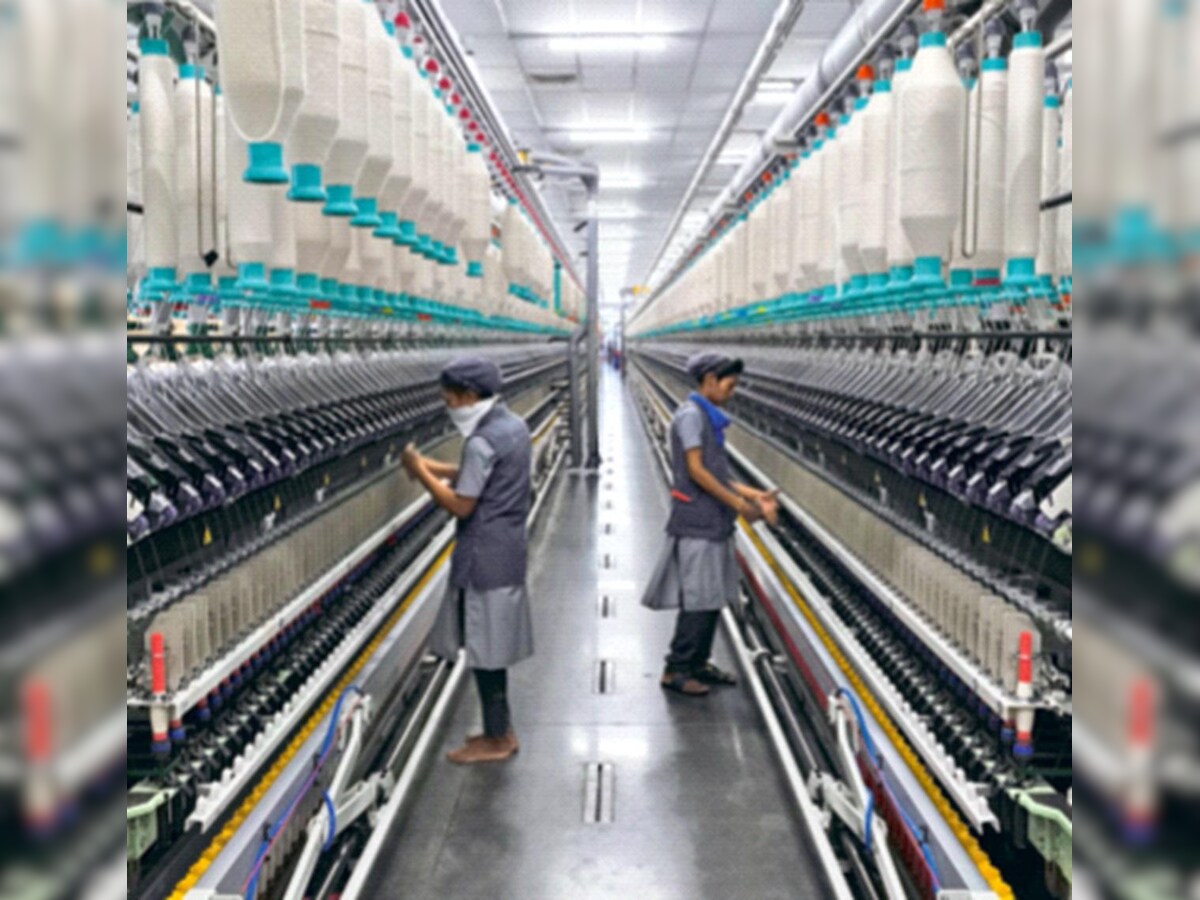FW
Gujarat is formulating a retail trade policy.
Maharashtra, Andhra Pradesh and Karnataka already have such policies for retailers.
In the wake of the approval of the Model Shops and Establishments Act, as well as increased competition from online retailers, the trading community in Gujarat wanted a state-specific policy for development and protection of the retail trade sector, especially the unorganized retail trade segment.
Traders belonging to unorganized retail say they are facing tough competition from deep-pocketed organized retail giants and want institutional support in the form of a dedicated policy which will help small retailers survive amid the fierce competition.
As a first step to creating the retail policy, the state government has sought suggestions from industry associations such as the Retail Trade Association of India and the Gujarat Chamber of Commerce and Industry. These trade bodies have been asked to come up with suggestions before October 15, 2016.
A meeting will also be convened in the second half of this month to consider suggestions made by industry representatives.
The policy is under consideration. There will be interactions with various stakeholders and certain issues need to be debated. After the consultation process, the policy will be taken up for approval.
Interfiliere Shanghai will be held in China, October 12 to 13, 2016.
Fabrics and accessories samples from exhibitors will feature qualities such as comfort, protection (anti-UV, antibacterial, anti-abrasion), breathability, quick-drying, heat-regulation, connected and innovation.
Information panels and video presentations will be held to explain the latest technological advances in bonding/lamination, seamless knitting, coating, laser-cutting and other technologies.
Also on display will be innovations from other industry sectors such as 3D printed silk, boxer-shorts with protection against harmful waves, a wallet using electromagnetic induction for wireless phone-charging, and shoes made from recycled oyster-shells.
The athleisure section will present the latest trends in sportswear and the evolution of active wear. It will shine a spotlight on how new, innovative fabrics can be mixed and matched. Fabric surface textures, double knits and engineered athleisure lace will also be featured.
The lingerie forum will continue to play a central role, revealing trends for autumn/winter ’17-’18 and showcasing the technical innovations of the latest must-have products. A dedicated area called the beach forum will showcase fabrics, accessories, and finished products for swimwear, beachwear and sportswear.
Seminars and conferences will cover trends, branding, technology, and industry hot topics. The seminar will highlight active wear materials and interpret active wear and merchandising trends.
Innovate, integrate and motivate’ are the three major requirements for the Indian apparel industry. The same is the theme of 12th International Conference on Apparel & Home Textiles (ICAHT-2016). Organized by Okhla Textile and Garment Cluster (OGTC), a prominent organization of Delhi-NCR-based apparel exporters to promote the industry and work for its collective growth, the conference will be held on October 15 in New Delhi.
According to RC Kesar, DG, OGTC, the event will give a complete solution to develop understating on current scenario of apparel export industry as there will be technical presentations and specific skill workshops throughout the day. On the occasion, Aisshvarya S. Shah CEO & Chief Trainer, Work Senses will speak on ‘HR – A Business Partner’ while Ranjiv Kapur, COO, Triburg will discuss on ‘A Turnaround Journey – Cost profitability’.
‘Cost Management in World Class Manufacturing’ will be discussed by Charles Dagher of Dagher Consulting Group while Prashant Agarwal, Business JMD, Wazir Advisors, and Hiroshi Tachikawa, MD, Propharm Japan Co. Ltd. will talk on ‘Strategy to Improve Profitability in Garment Industry’. ICAHT is a platform for the owners of apparel export houses and middle-level management. This is the occasion when all affiliates can participate and try to learn new things.
The PTA output of China has been announced. The September PTA output of the country was about 2.54 million tons, down 0.19 million tons month-on-month. With import volume expected to be 40 KT, China PTA supply may increase by 2.58 million tons.
As for demand, the output of polyester products totaled about 2.84 million tons consuming 2.442 million tons of PTA plus about 90kt of PTA consumed in other application fields as well as 50-60kt of PTA exports, PTA demand totaled about 2.582 million tons. Thus PTA supply and demand was balanced in Sep and PTA inventory kept stable.
As regards to the PTA inventory, futures warehouse inventory nosedived in the end of September but PTA inventory in port and warehouse decreased slowly. Old cargoes reported unsmooth sales while new cargoes gradually piled up. Talking in detail, sales in Zhangjiagang was poor as cargoes were mainly old ones while sales in Nantong was tolerable as Hengli has turnaround plans.
Sales of old cargoes in Jiaxing was good but new cargoes also arrived intensively. Buyers were mainstream plants in the neighboring area. PTA inventory in PTA plants increased in the latter half of September as quite a few plants such as Honggang, FCFC, Hengli and Hanbang resumed production. Till the end of September, PTA inventory in PTA plants was about 50KT higher than the level in the end of August.
Export of Bangladeshi products to China is increasing at the rate of 25 per cent. This was disclosed by Commerce minister Tofail Ahmed. He also hoped that the export volume would exceed $ 1 billion soon.
He was speaking at a roundtable discussion at CIRDAP Auditorium, Dhaka. The roundtable conference titled Bangladesh-China Bilateral Trade and Investment: Potentialities and Challenges was organised by Economic Reporters’ Forum (ERF).
Mentioning that China has been allocated space at Special Economic Zone (SEZ), Ahmed said the SEZ would be the best place for investment for relocating the Chinese readymade garments. Bangladesh would provide all kind of necessary cooperation for Chinese investment in the country, he added.
Referring to different features of 7th Five Year Plan, the commerce minister said special initiatives including cash incentives have been taken to increase the number in export basket. Currently, the total volume of Bangladesh and China is $ 11 billion while Bangladesh exports goods worth nearly $ 1 billion.
CPD additional Research Director Dr Khandker Golam Moazzem made keynote presentation while ERF President Saif Ahmed Dilal chaired the roundtable meet. Former Industries Minister Dilip Barua, BNP Standing Committee Member Lt Gen (Retd) Mahbubur Rahman, PRI Vice Chairman Sadik Ahmed, BIISS Chairman Munsi Foyez Ahmed and BFUJ President Manjurul Ahsan Bulbul spoke on the occasion among others.
Over the time, the Bangladesh Ready-Made Garment (RMG) industry has grown to become the second largest in the world. The particular sector has become a key driver of the Bangladesh economy and the nation’s development.
RMG exports totalled US$24.5 billion (2013-14) accounting to over 80 per cent of the nation’s export earnings and employing around 4 million workers, an estimated 55-60 per cent of whom are women. The loss of 1,136 lives when Rana Plaza collapsed on 24 April 2013 sent shockwaves worldwide. Coming just months after the fatal fire at Tazreen Fashions in which 112 died it was clear that the RMG sector had reached a crucial juncture. Business could not continue as usual. Fundamental changes relating to safety, inspection and compliance had to be made if the lives of over four million workers were to be safeguarded and the confidence of global buyers retained.
The ILO responded quickly to the Rana Plaza tragedy with a high level mission to Dhaka in the beginning of May 2013. After that it agreed immediate and medium term actions with the Government of Bangladesh and employers’ and workers’ organizations. These were integrated into the National Tripartite Plan of Action on fire safety and structural integrity (NTPA), which was developed following the Tazreen factory fire in November 2012. Following the collapse of the Rana Plaza it was decided that 3,508 export-oriented RMG factories should undergo structural, fire and electrical safety inspections.
Two initiatives representing international brands and retailers: the Bangladesh Accord on Fire and Building Safety and the Alliance for Bangladesh Worker Safety have carried out inspections of the factories which their member companies source from. As part of its RMG programme supported by Canada, the Netherlands and UK, ILO supported the national initiative of the Government of Bangladesh to carry inspections of the factories not covered by Accord or Alliance. By 31 December last year the inspections had been concluded.
In total three initiatives inspected 3,780 factories of which 1,549 were assessed through the national initiative. A total of 39 factories have been closed for posing an immediate danger to workers.
In its resolve to encourage exports and competitiveness in the global marketplace, the Indonesian government has planned to give different kinds of incentives to the country’s textile industry. Thsi was revealed by Harjanto, the ministry’s former director general of international industrial co-operation. He also said that claims officials are exploring the idea of applying energy cost refunds, subsidising electricity bills for manufacturers who want to export textile products.
The ministry is also in the process of developing plans to revoke goods and services tax (GST) paid by manufacturers purchasing raw materials within Indonesia where they are making products for export. The GST currently levied at 10 per cent on such textiles. He said that the whole idea was to give an energy refund to companies that want to commit export…and to support the use of domestic raw material [for textile production], the concept is about (revoking) GST.
Currently, companies exporting their textile products can receive a reimbursement, but it takes a year before the money is repaid. The practice depletes industry capital to sustain production – a GST exemption would remove this problem. It would also, he claims, encourage manufacturers to source raw materials within Indonesia – under the reimbursement system, manufacturers will not have an interest to export and prefer to import [inputs].
The current ministry director general of chemical, textile and other industries Achmad Sigit Dwiwahjono added that the government also plans to exempt purchases of manufacturing equipment by Indonesian textile product exporters from GST. The export of textiles and textile products from Indonesia declined by 3.6 per cent to US$12.28bn in 2015 from US$12.74bn in 2014, while the country intends to improve the export to US$12.5bn in 2016, according to industry figures.
The textile sector would like the government to act fast with its incentive schemes. Anies Soengkar, chairman of the Indonesian Textile Association (API – Asosiasi Pertekstilan Indonesia) branch Pekalongan, Central Java however said that officials have been mulling these ideas since 2014. The API has proposed that the government reduces electricity tariffs charged to the industry by 30 per cent. By August this year, the electricity tariff charged to the textile industry was Indonesian Rupiah IDR1,593.78/kWh (US$0.12 cents).
According to scientists of Central Institute for Cotton Research (CICR), India’s cotton output this year could be higher by 10 per cent than estimates on account of extended monsoon. The Nagpur-based institute is assessing the impact of the rains on the crop and preliminary reports are encouraging for cotton growers and the textile sector.
Rains in September and October have been good for the cotton crop. Since areas of all cotton growing states are receiving good rainfall of late, cotton output in the country is expected to go up by 10%; well above 340 lakh bales against the previous estimate of 310 lakh, observed Keshavraj Kranthi, director of the CICR.
Maharashtra, Gujarat, Rajasthan, Telangana, Andhra Pradesh and Madhya Pradesh have received good rainfall and extended monsoon this year. While most states received heavy rainfall till September-end, monsoon is still active in Maharashtra, especially in Vidarbha and Marathwada known for cotton cultivation.
On the flip side, Kranthi said excessive rains will affect pollination process and disrupt spraying of fertilisers and, in turn, cotton production. After a steady rise over the years cotton cultivation in the country declined by 8 per cent this year. According to Cotton Corporation of India (CCI), the acerage has come down to 118 lakh hectare this year from 128 lakh hectare in the last. Recession in the global cotton market has been cited as the prime reason for farmers shunning cash crop cultivation.
The third edition of Avantex 2016, the first trade show to bring together companies that supply the ultimate in high-tech fabrics, trimmings and services for the fashion of tomorrow in Paris (Avantex Paris) concluded last month. With this, the fair consolidated its position in the forefront of textile innovation. The September 2016 Avantex show expanded the categories it offered for technical/technological services that support fashion. This diversification was highly acclaimed, as witnessed by a number of exhibitors, organisers report.
For example, the cap with built-in headphones from the Taiwanese Sound Team received a wealth of requests for samples, as well as the all-in-one photo equipment from Picapics which received expressions of interest in buying from several American, Indian and Chinese companies. Also, the concept for instantaneous dyeing and embroidery from Coloreel, was given a special preview at Avantex Paris and aroused keen interest on the part of manufacturers. Initiated in September 2015 for the new field of technical clothing and fabrics, as well as e-clothing, Avantex Paris addressed a strong demand for convenience, everyday use and functionality from consumers who seek functional, suitable fashion, fanciful at times but more practical and rational.
Growth in Bangladesh's apparel export to the United States dropped below 1.0 per cent during the first eight months of the current calendar year over the corresponding period of 2015. According to sources, sluggish economic recovery in the country's single-largest shipment destination-the US market-is largely to blame for the slowdown in the export growth. A growing competition by other exporters, particularly Vietnam for the market share and denial of duty-free and quota-free access for Bangladeshi apparels are also seen as deterrents.
The country's exports grew by 0.85 per cent to $3.71 billion while that of Vietnam recorded a growth of 3.04 per cent to $ 7.25 billion during January-August period of 2016. By the data of Office of Textiles and Apparel (OTEXA), the trade scenario became clear and became a source of concern of the US Department of Commerce.
Export earnings grew by 10.99 per cent in January and 8.52 per cent from January to February in 2016, the data revealed. Exports of the country's non-apparel items including shrimp and plastic products, also declined. The turnover amounted to $142.17 million during the January-August period, accounting for a negative 6.88 per cent growth. On the other hand, Chinese apparel exports also witnessed a negative growth of 7.73 per cent to $ 18.28 billion during the same period of this year.




